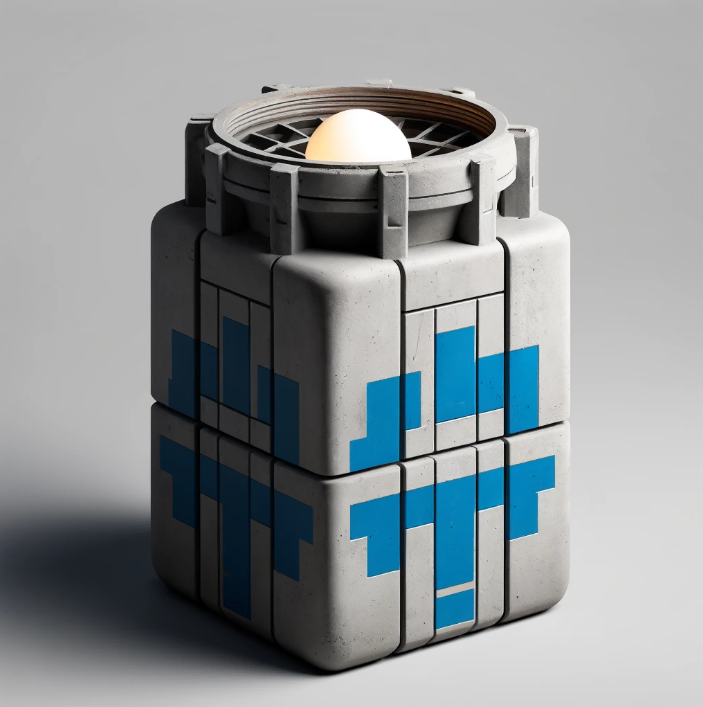The opposite of a Japanese-Oriental fusion aesthetic, which typically combines the natural, serene, and minimalistic elements of Japanese and Oriental designs, would be a “Brutalist Industrial” aesthetic.
Here’s how it contrasts:
Name: Brutalist Industrial
Style Characteristics:
Materials: Heavy use of raw, unfinished materials like concrete, steel, and glass, often in their most basic, unadorned form.
Colors: Dominated by stark, monochromatic tones. Greys, blacks, and other neutral colors are prevalent, with little to no use of the soft, natural color palette typical of Japanese-Oriental fusion.
Design Elements: Emphasizes strong, geometric forms and massive, block-like structures. The design is often characterized by a sense of weight, solidity, and permanence, lacking the delicate and intricate details found in Japanese-Oriental aesthetics.
Functionality: Prioritizes utility and durability over comfort and aesthetic appeal. The spaces are often large, open, and uninviting, with a focus on functionality and strength rather than harmony and tranquility.
Atmosphere: The overall feel is stark and austere, creating a sense of intimidation or monumentalism, in stark contrast to the peaceful, harmonious, and contemplative vibe of Japanese-Oriental fusion spaces.
This aesthetic is more about showcasing the raw, inherent beauty of materials and structural forms, often in urban or industrial contexts, than about blending cultural elements or creating serene environments.
If I stick to the original materials but made it in the brutalist industrial aesthetic, the vase would retain its porcelain body, but I’d give it a more robust, minimalist form to hint at brutalism’s starkness. The traditional blue china pattern would be simplified, possibly abstracted to fit a more modern aesthetic. The light would still be warm but designed to highlight the vase’s new, simplified form, perhaps through strategically placed openings or a translucent section. The lid would match the vase, maintaining the porcelain material but with a straightforward, utilitarian design. This approach would blend the delicate nature of porcelain with the functional, imposing characteristics of brutalist design..
[Image sourced from ChatGPT]


1 Comment. Leave new
Kelso, I really like this aesthetic. The idea of showing beauty in materials is something that a lot of people overlook. I also agree with your design ideas of trying to keep the delicate nature of the porcelain with a brutalist design. I was wondering if you were planning on adding any additional features to create the brutalist aesthetic? I know you mentioned adding legs to allow for some air flow through the vase so that could be a great opportunity to do so.